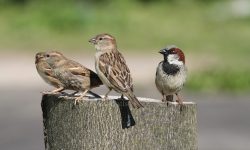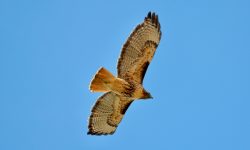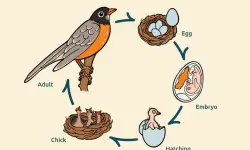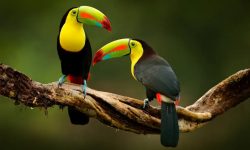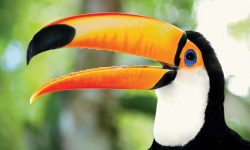Kingfishers are often associated with bright plumage, quick movements, and riverside perches. But in the Hawaiian Islands, these birds tell a story not just of beauty, but of loss, resilience, and ecological change. Two species of kingfishers have been recorded in Hawaii: one, the Hawaiian Kingfisher (Todiramphus cinnamominus), a native species that has vanished from the wild; the other, the Collared Kingfisher (Todiramphus chloris), an introduced resident. Their contrasting fates reflect both the vulnerability of island ecosystems and the complexity of human impact on wildlife.
The Hawaiian Kingfisher: A Vanished Voice of the Forest
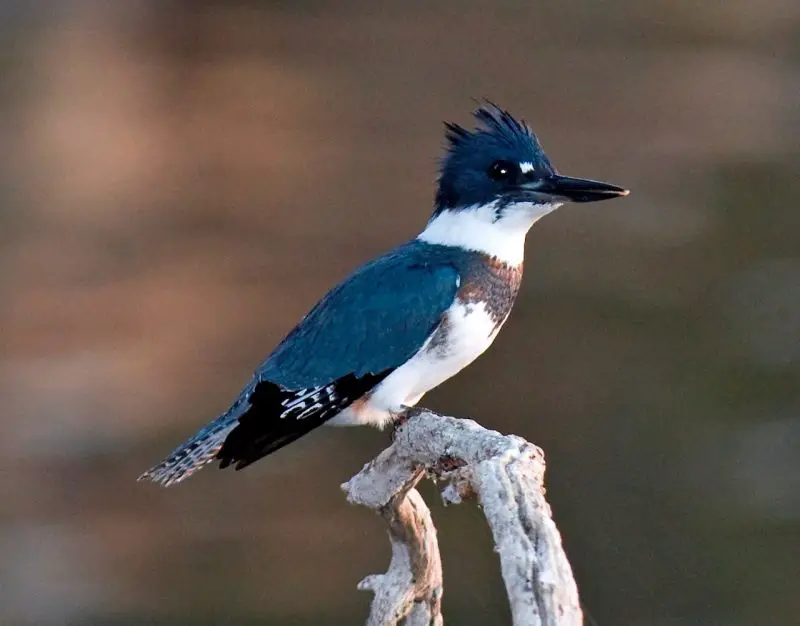
Description and Natural History
The Hawaiian Kingfisher, also known as the ʻAlalākea, is a beautiful forest bird once found on multiple Hawaiian islands. Slightly smaller than its mainland relatives, it features rich cinnamon-colored plumage, a greenish-blue back, and a large, sturdy bill. Unlike many kingfishers, the ʻAlalākea did not rely on rivers or fish. Instead, it hunted for insects, small lizards, and even baby birds in lowland dry forests and open woodland habitats.
Endemism and Ecological Role
This kingfisher is endemic to Hawaii, meaning it evolved uniquely on the islands and exists nowhere else. Historically found on Hawaiʻi Island, Oʻahu, and Molokaʻi, it became isolated to Molokaʻi by the early 20th century due to habitat loss and the introduction of predators like rats, cats, and mongooses. The ʻAlalākea played a key role in the forest ecosystem by controlling insect populations and acting as a mid-level predator in its habitat.
Extinct in the Wild
Tragically, the Hawaiian Kingfisher was declared extinct in the wild in the 1980s. The last known wild individuals disappeared from Molokaʻi, leaving behind only a small population in captivity. Today, the species survives only in conservation breeding facilities, including the Maui Bird Conservation Center and the Keauhou Bird Conservation Center on the Big Island.
While not visible to the public, these birds are part of a carefully managed program aimed at one day returning the species to restored native forests. Conservationists are working to identify suitable habitats and implement predator control and reforestation, but many challenges remain.
The Collared Kingfisher: An Introduced and Adaptable Resident
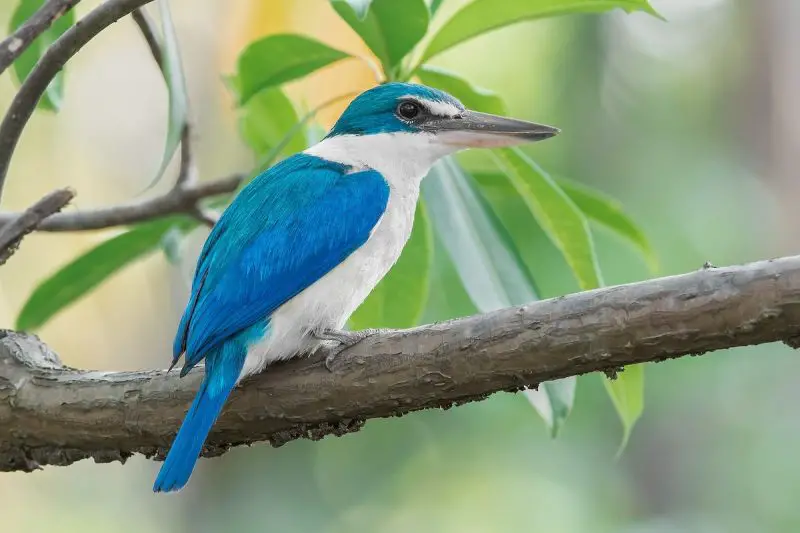
Origins and Appearance
The Collared Kingfisher (Todiramphus chloris) is a widespread species native to Southeast Asia and the Pacific Islands. It was likely introduced to the Northwestern Hawaiian Islands such as Midway Atoll and Laysan Island, where it has established stable populations.
This kingfisher sports a bright turquoise-blue back, white collar and underparts, and a powerful bill adapted for catching insects, small crabs, and lizards. It is larger and more robust than the ʻAlalākea, and more generalist in its habits.
Behavior and Habitat Use
The Collared Kingfisher thrives in coastal habitats, coconut groves, and areas with scattered trees. Unlike the forest-dwelling Hawaiian Kingfisher, this species is often seen near shorelines, where it nests in tree holes or earthen burrows and hunts from exposed perches.
Its success in Hawaii can be attributed to its flexible diet, broad habitat tolerance, and absence of natural predators on isolated islands. While it does not currently inhabit the main Hawaiian Islands in large numbers, its presence on outer islands highlights the ecological impact of introduced species in island environments.
Ecological Impact and Monitoring
Although the Collared Kingfisher is not considered invasive in Hawaii, its presence underscores the risks and unpredictability of introduced species. It does not directly threaten the Hawaiian Kingfisher, but its role in the broader ecosystem is still being studied. As ecosystems shift due to climate change and habitat fragmentation, introduced species like this may expand into new areas, potentially competing with native birds for food or nesting sites.
Two Kingfishers, One Conservation Challenge
A Tale of Two Fates
The stories of these two kingfishers diverge sharply. The Hawaiian Kingfisher, once a symbol of forest vitality, is now kept alive only through human care. It is a case study in how habitat loss, introduced predators, and lack of early intervention can drive an endemic species to the brink. In contrast, the Collared Kingfisher, introduced by people—perhaps intentionally or accidentally—has flourished in a niche where native competitors were already gone.
Their parallel existence in the same archipelago serves as a mirror for conservation success and failure—a reminder that what thrives naturally is not always what survives.
Cultural Significance and Scientific Effort
In Hawaiian tradition, birds are often seen as messengers or spiritual guides. The ʻAlalākea, like many forest birds, holds cultural value beyond biology. Saving it is not just about numbers—it’s about restoring a piece of Hawaii’s natural identity.
The captive breeding program for the Hawaiian Kingfisher is one of the most carefully managed in the Pacific. Eggs are incubated, chicks hand-fed, and adults housed in specially designed aviaries that mimic forest conditions. Yet despite these efforts, reintroducing the species into the wild remains elusive due to the continued presence of predators and the lack of large, predator-free forest zones.
Meanwhile, wildlife managers keep an eye on the Collared Kingfisher, ensuring its range does not expand unchecked. Its success is a cautionary example of adaptability in an altered world.
The Future of Kingfishers in Hawaii
Rewilding the ʻAlalākea
Reintroducing the Hawaiian Kingfisher into the wild remains the ultimate conservation goal. Efforts are underway to create fenced forest sanctuaries and develop predator-proof areas where the species could one day fly free again. This would require long-term habitat restoration, community involvement, and continued support for captive programs.
Scientists are also exploring soft-release strategies, where captive birds are slowly acclimated to wild conditions before full reintroduction. If successful, the return of the ʻAlalākea to Hawaii’s forests would be a landmark achievement in island conservation.
Coexisting with the Collared Kingfisher
The presence of the Collared Kingfisher in Hawaii serves as both a reminder and a responsibility. While not invasive now, it exemplifies how human actions can introduce new players into delicate island ecosystems. Continued monitoring will be essential to ensure that these birds remain part of a balanced system rather than a threat to it.
Conclusion
The kingfishers of Hawaii present two sides of a single ecological coin. One is native but nearly lost, the other foreign but thriving. Their contrasting stories reflect the complex interplay of species, islands, and humans over time. Saving one while watching the other isn’t just about birds—it’s about recognizing our role in shaping the future of nature on islands that are both isolated and deeply connected.
Through careful stewardship, scientific commitment, and community awareness, Hawaii still has a chance to write a new chapter for the ʻAlalākea, one where its call echoes once again through native forests—while learning to coexist thoughtfully with the kingfishers that now share its skies.


